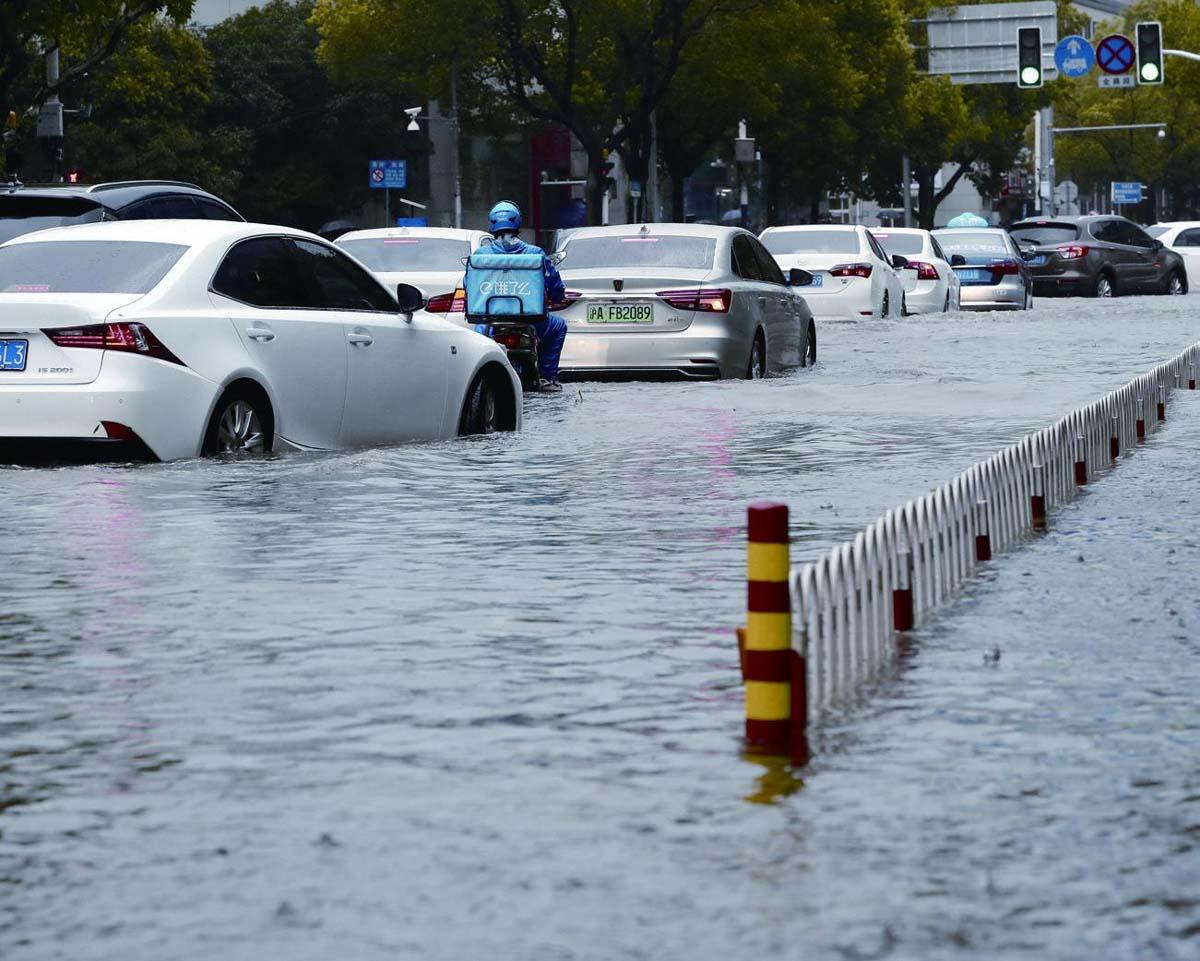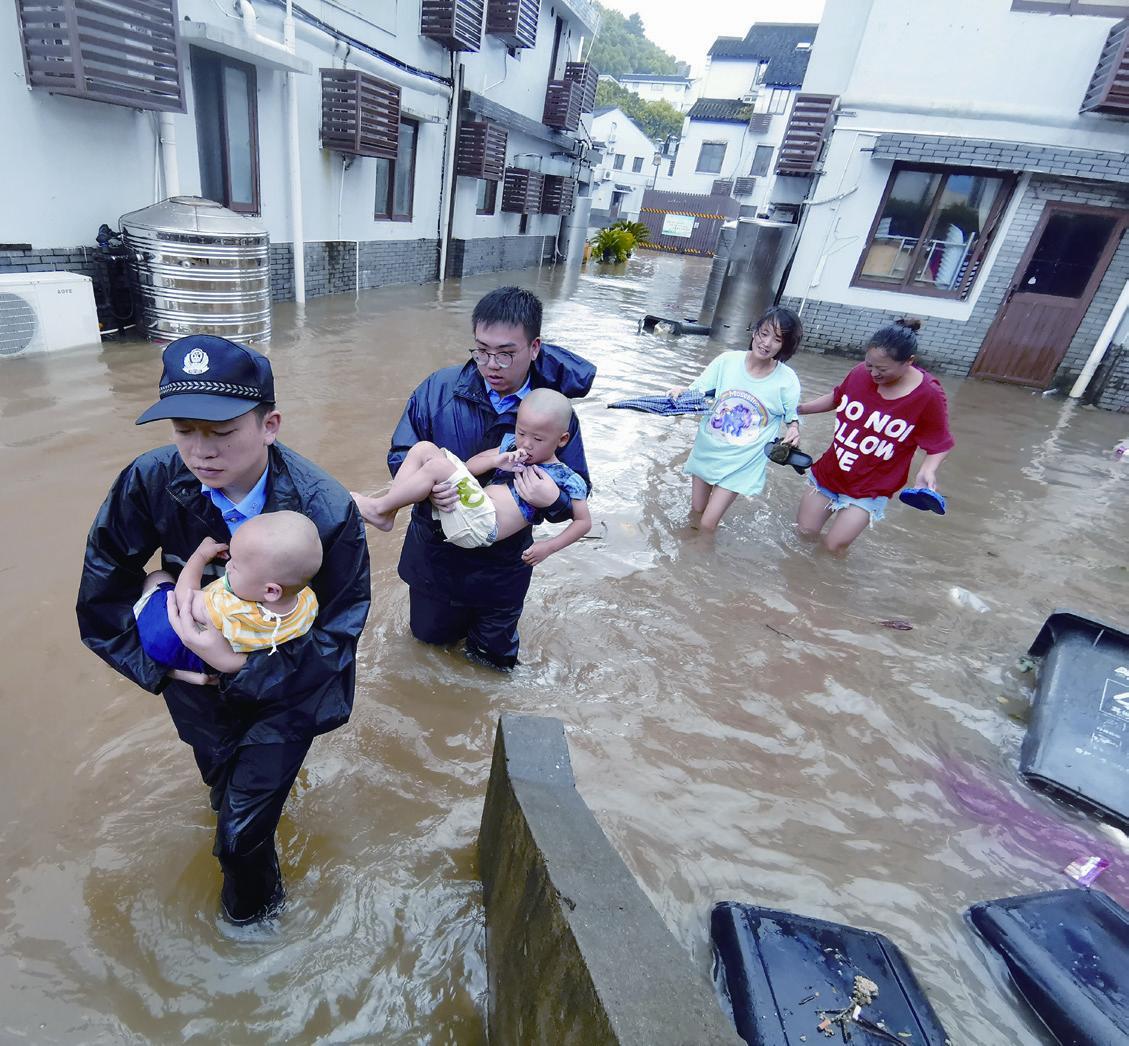An Arduous Combat
2019-09-02ByLuYan
By Lu Yan
In the morning of August 10, Typhoon Lekima, the ninth of the year, made landfall in Wenling City, east Chinas Zhejiang Province. It made a second landing the next afternoon on the coast of Qingdao in Shandong Province.
According to the Ministry of Emergency Management (MEM), about 12.88 million people in nine provincial-level regions of China—Zhejiang, Jiangsu, Shandong, Anhui, Fujian, Hebei, Liaoning, Jilin and Shanghai—were affected by Lekima.
Nearly 13,000 houses collapsed and some 119,000 were damaged, while 996,000 hectares of crops were affected by the typhoon. People suffered power cuts, shortage of tap water and disruption of communication.
As of August 13, there were 48 dead and 21 missing in Zhejiang, Shandong and Anhui. Zhejiang was the worst hit as the typhoon made the fi rst landing there, leaving 39 dead and nine missing.
Lekima, along with gales, torrential rains and storm tides, posed safety risks to trains and triggered landslides, leaving railway lines buried and equipment damaged, and resulting in massive train and fl ight cancellations.
In response to that, China Railway Shanghai Group and China Railway Jinan Group launched a level I (the highest level) typhoon emergency response and suspended service on sections of typhoon-affected railway lines. Additional personnel and services were nushed to Shanghai Hongqiao International Airport and Shanghai Pudong International Airport to aid passengers with ticket changes and refunds. Aircraft, hangars and aircraft stands of airports affected by the typhoon were inspected to guarantee the fl ights safety.
Rescue and clean-up work was carried out in all affected parts. On August 12, 300 million yuan ($42.6 million) was allocated to help with rescue and relief work in Zhejiang, Shandong and Jiangsu.
Authorities have made dramatic rescue and relief efforts, with firefighters, soldiers, police and government agency staff searching for those missing. Over 42,000 fire commanders and fi refi ghters participated in more than 6,000 rescue operations, helping over 12,000 trapped people.
In the meantime, the military has helped repair roads, clear rivers and transport relief materials, including tents, folding beds and quilts.
As of August 13, around 2 million people had been relocated, according to the MEM. For instance, in Shouguang, Shandong, over 90,000 local residents moved to relocation sites, receiving food, accommodation and medical treatment.


